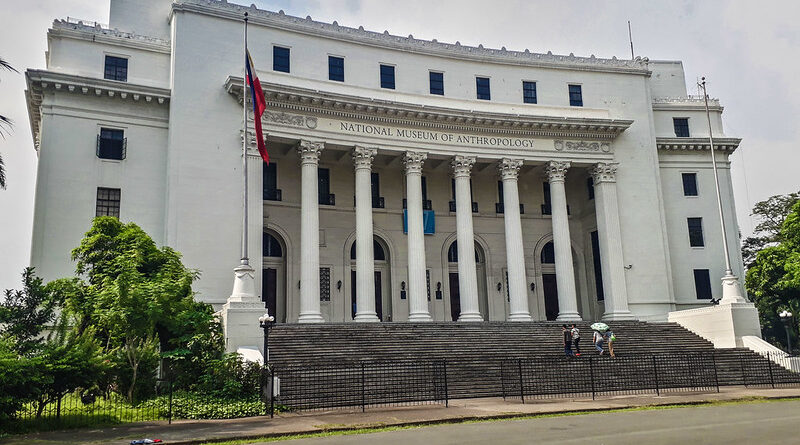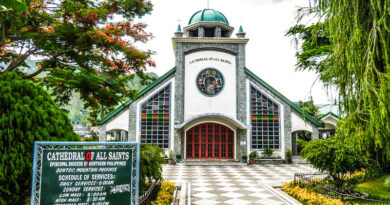A Day in National Museum of Anthropology ~ Part 1
Under the Proclamation 798 signed by the former president Corazon Aquino, October is declared as “Museums and Galleries Month” where Museums and Galleries all over the country are highly encouraged to undertake activities in accordance to the proclamation. This could be a perfect chance for every Filipino to appreciate our very rich culture and cherish our national identity through the well preserved historical and cultural artifacts which can now be seen in many museums and galleries all over the country.
According to DepEd Secretary Leonor Magtolis Briones “Museums give us refuge, inspire us, tell us we are proud to be Filipino—that we know where we come from and what we are made of. Museums remind us that all the service and sacrifice, whether one is from the public or private sector, is worth it because it is for our country.” Now that we are celebrating Museums and Galleries month, we are being encouraged to visit the nearest museum in our area and promote the rich history and heritage of the Filipino People.
National Museum and its divisions are opening their doors to everyone and giving them free access to experience, educate and help them realized how rich our culture and history was. Those who haven’t been or planning to visit the National Museum of Fine Arts (formerly known as National Art Gallery) situated in Ermita Manila, you can check my post here ~ A Day At the National Museum of The Philippines or you might want to read the 12 Interesting Art Works You Should See in National Museum of Fines Arts (including the well known Spoliarium). Since we’re done with the National Museum of Fine Arts, it is time for us to explore one of its divisions ~ The National Museum of Anthropology or formerly known as the Museum of the Filipino People.
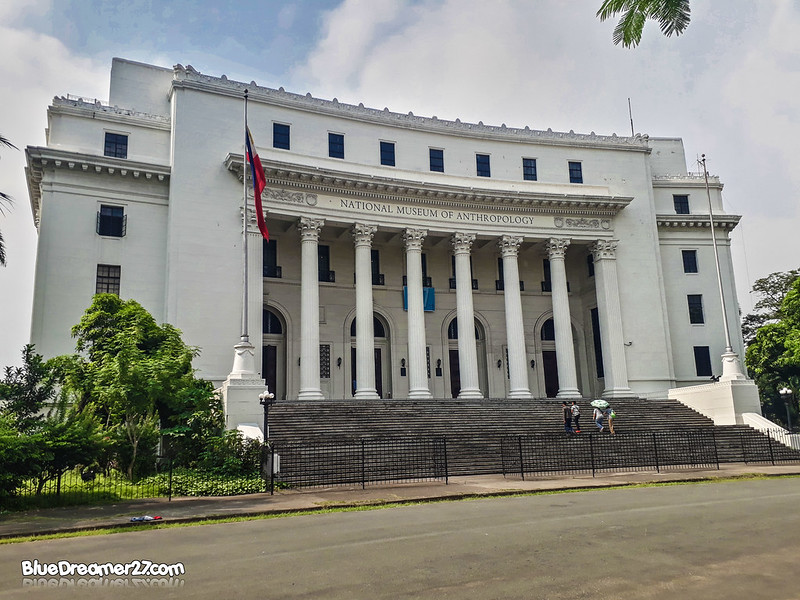
Few months ago the newly renovated building open its doors to public with the main entrance door facing the Rizal park. The Museum is located adjacent to the National Museum of Fine Arts. So if you managed to finish your visit early, you may still have time to explore the nearby museum and vise versa. If the National Museum of Fine Arts is the Old Congress Building, National Museum of Anthropology is the old Department of Finance building. The National Museum of Anthropology houses various ethnographic artifacts from the different people of the country. It houses anthropology and archaeology divisions and also the zoology division of the National Museum. Currently the building has four publicly accessible floors. Each floor features different galleries with certain themes. So without any further ado, allow me to give you a virtual tour to National Museum of Anthropology.
In this part, I will feature first five galleries I came across with while the rest will be featured on the second Part:
►Marble Hall
►The Treasures of San Diego (San Diego: 500 Years of Maritime Trade)
►Portraits of Indigenous Filipino Women Gallery
►Entwined Spheres: Mats and Baskets as Containers, Conveyors and Costume
►Garing : The Philippines At the Cross road of Ivory Trade
The MARBLE HALL
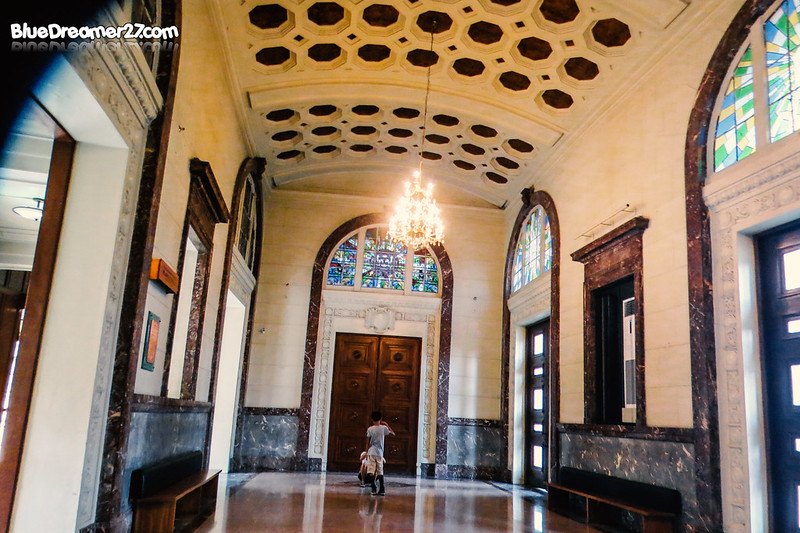 National Museum of Anthropology may not have a huge painting like the Spoliarium in National Museum of Fine Arts or that huge installation like the Tree of Courtyard of National Museum of Natural History but it will welcome you in its glossy Marble Hall. The building was designed by Antonio Toledo in 1940. The building once houses the Department of Commerce and late the Department of Finance until it was turned over to the National Museum in 1990s. Interestingly, Toledo is also the man behind other notable buildings in Manila including the Manila City Hall, Bureau of Customs and the Department of Tourism Building.
National Museum of Anthropology may not have a huge painting like the Spoliarium in National Museum of Fine Arts or that huge installation like the Tree of Courtyard of National Museum of Natural History but it will welcome you in its glossy Marble Hall. The building was designed by Antonio Toledo in 1940. The building once houses the Department of Commerce and late the Department of Finance until it was turned over to the National Museum in 1990s. Interestingly, Toledo is also the man behind other notable buildings in Manila including the Manila City Hall, Bureau of Customs and the Department of Tourism Building.
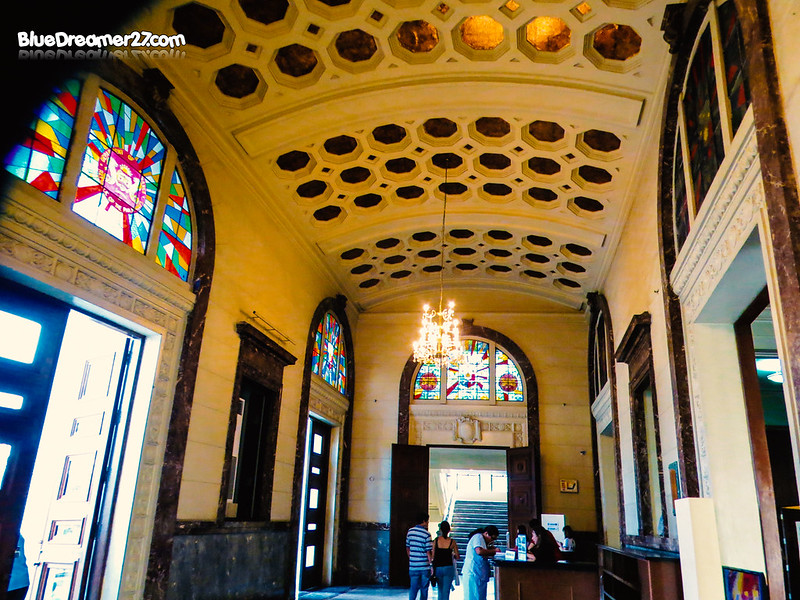
THE SAN DIEGO : 500 YEARS OF MARITIME TRADE
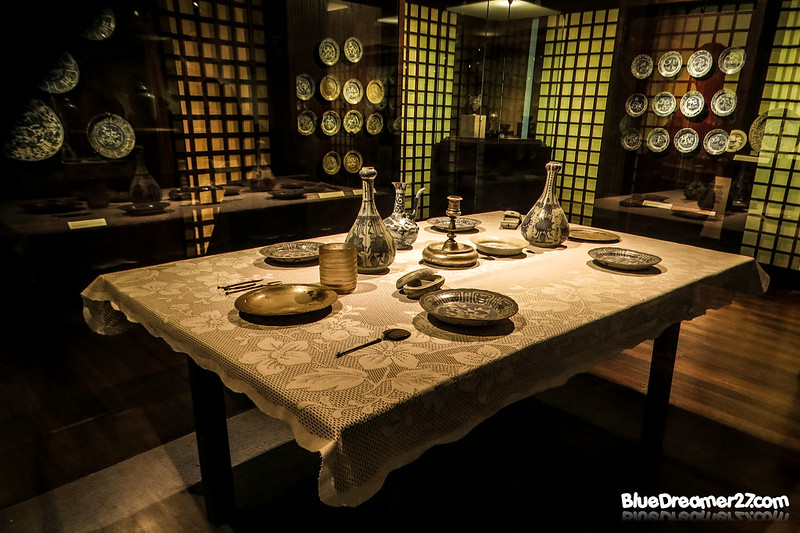
One of the first galleries that you will encounter upon entering the Museum is the “San Diego : 500 Years of Maritime Trade”. The gallery will take you back in time during the Spanish period as it features some memories from the galleon San Diego. The wreck of San Diego was discovered in 1992, 400 years after it sunk and they recovered more than 34,000 artifacts including those items that are commonly used in trades such us Chinese porcelains, Japanese Katanas, canons and gold coins. They are now permanently displayed in the Museum. Here are some more items from the San Diego Gallery.
 A metal vessel with intricate details and carvings
A metal vessel with intricate details and carvings
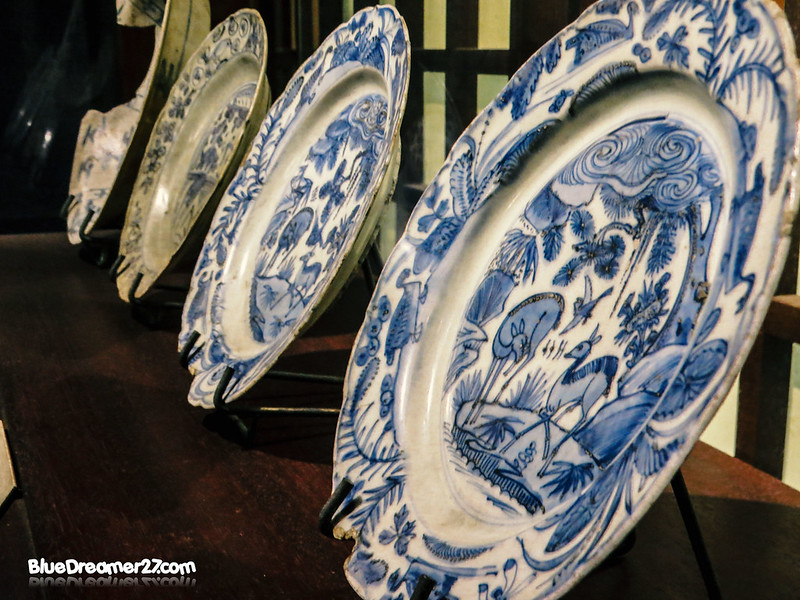 The Blue and White Porcelains
The Blue and White Porcelains
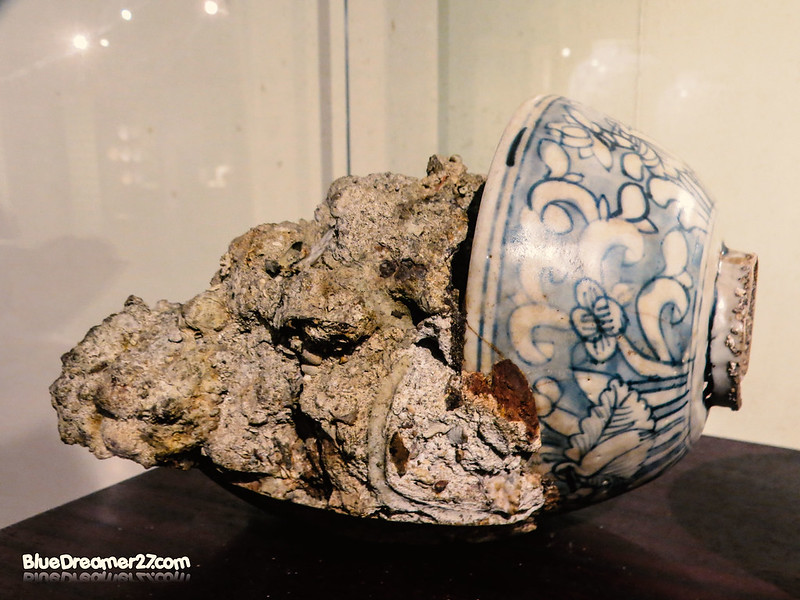
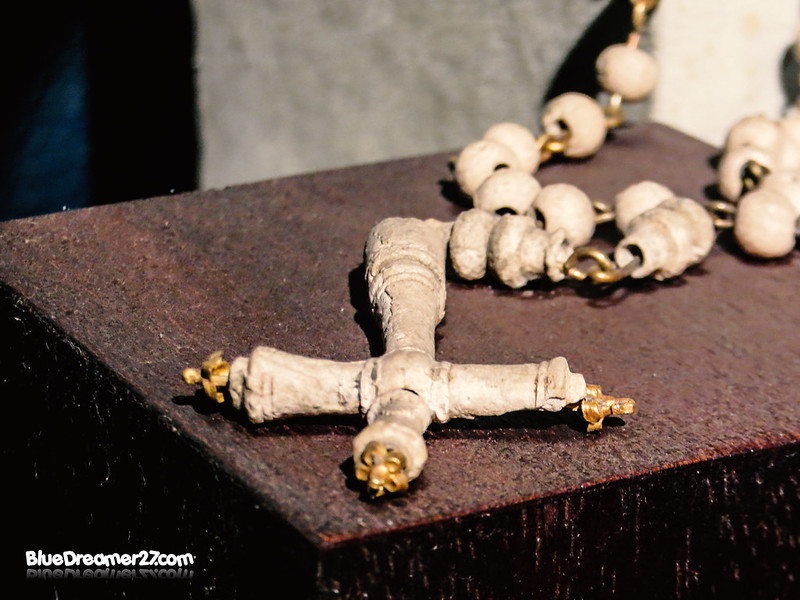 Ivory and gold rosary (The crucifix is mounted on two gold rods)
Ivory and gold rosary (The crucifix is mounted on two gold rods)
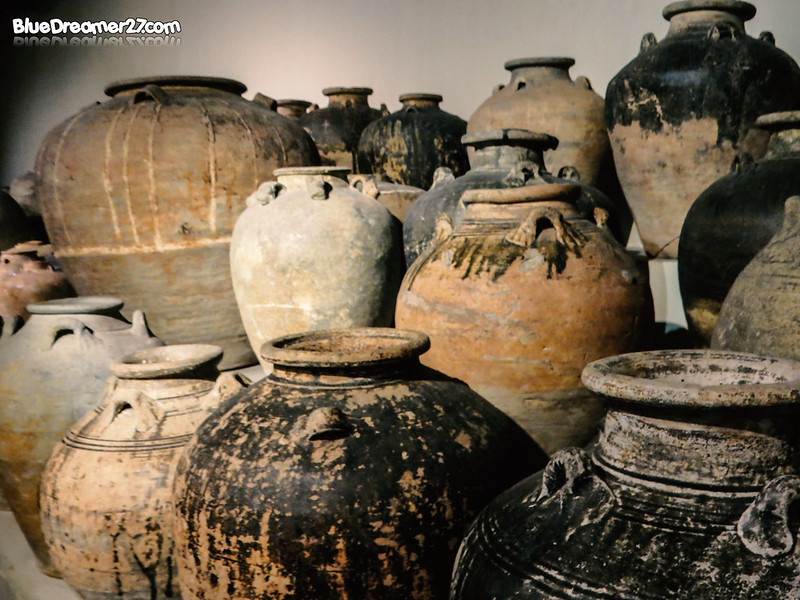
One of the most interesting highlights of the San Diego gallery is the huge collection of jars. These jars are some of the recovered artifacts from the wreck of San Diego and most of them are being used as trade items.
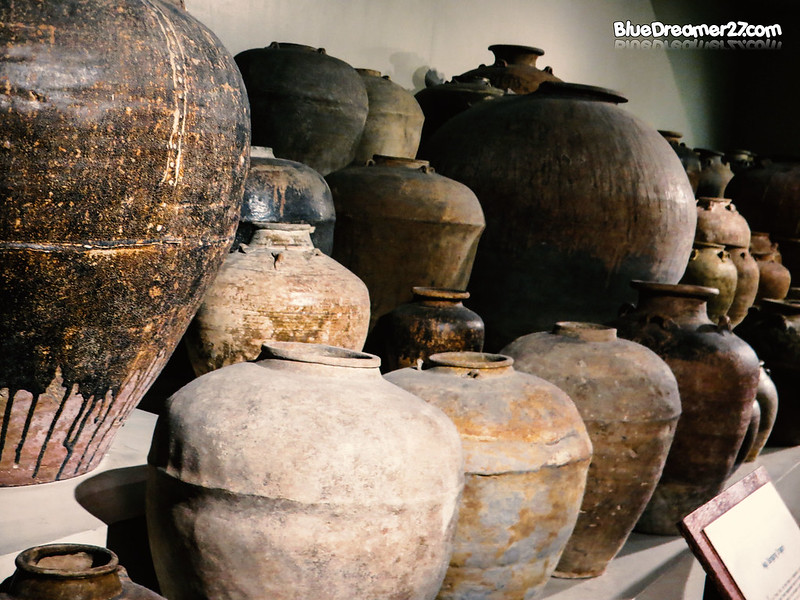
A portion of the gallery features a huge collection of jars of different types including Spanish, Siamese, Martaban and Dragon Jars. Each varies in terms of their designs and materials used. It was really nice that they were able to restore and preserve these precious items with huge historical significance.
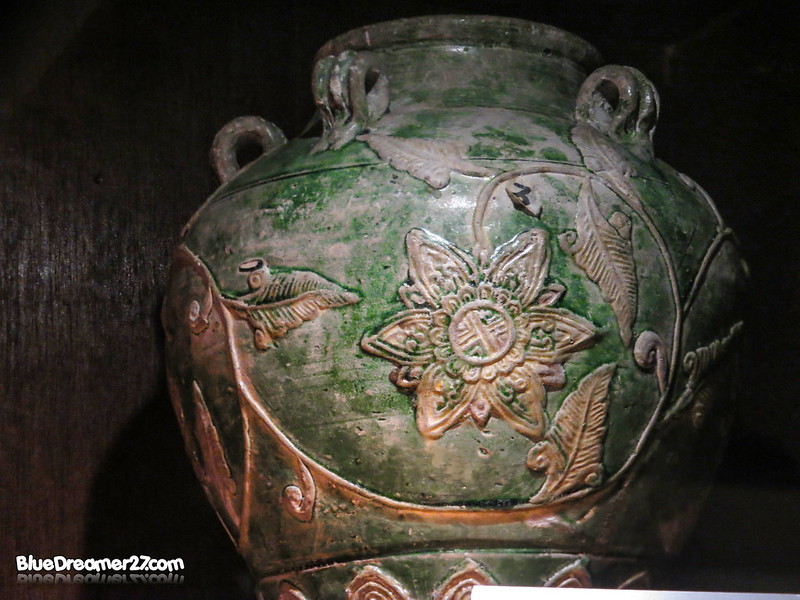
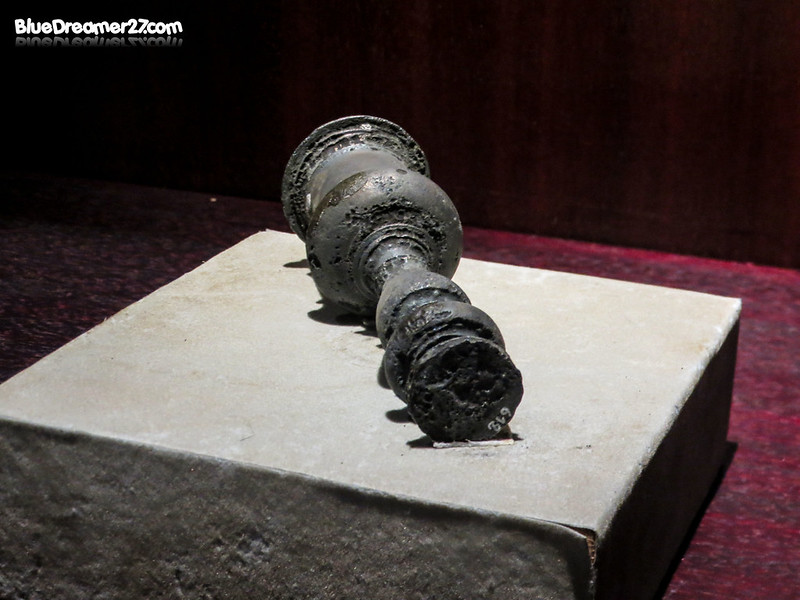
A silver candelabra (candlestick)
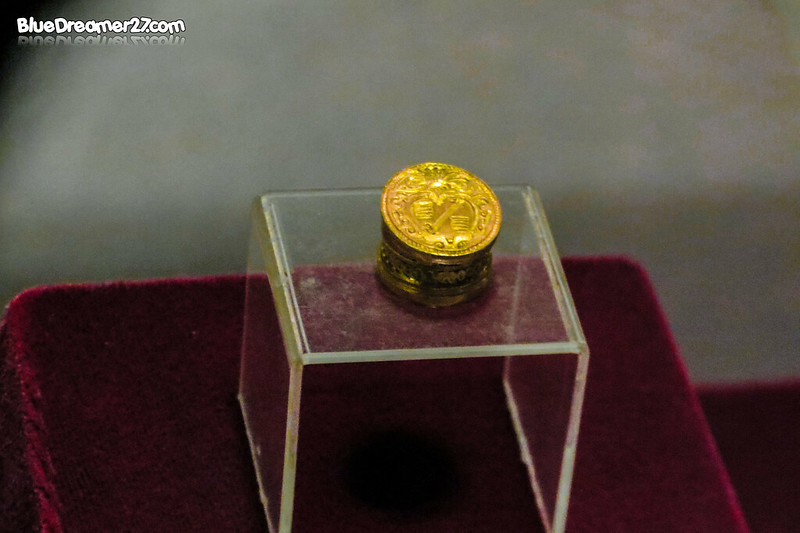
A Golden Seal Stamp

The Treasures of San Diego
PORTRAITS OF THE INDIGENOUS WOMEN IN THE PHILIPPINES

I am not really sure if this is one of the museum’s permanent galleries much like the San Diego but they dedicated a place to display and interesting collection of portraits showcasing different indigenous women in our country.
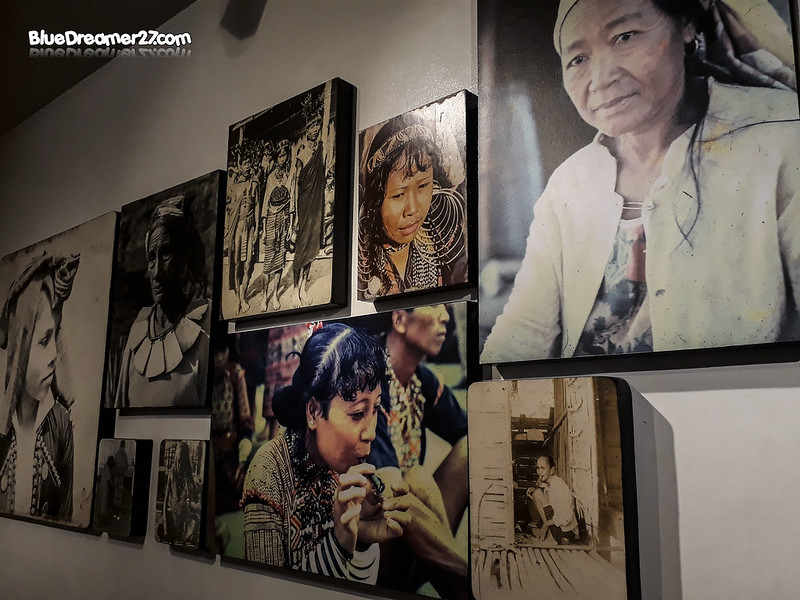
[From Left to Right 1st row : Yakan Woman from Basilan : An Ifugao woman wearing a shell neck ornament known as pangalapang ; Kalingan men and women in their traditional clothing; portrait of a T’boli woman (South Cotabato); An Itawes Woman from Cagayan)
[from Left to right bottom row : Gaddang Woman from Ifugao; Another portrait of Gaddang woman; A Mandaya Woman smoking tobacco; An Ilocano Woman
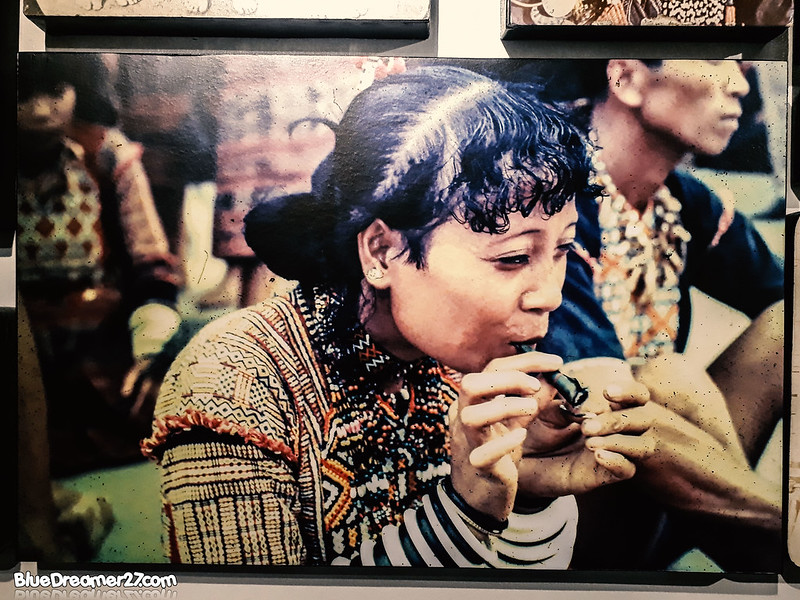
A Mandaya woman from Davao smoking tobacco

Another set of portraits of indigenous women showing their native way of cooking.
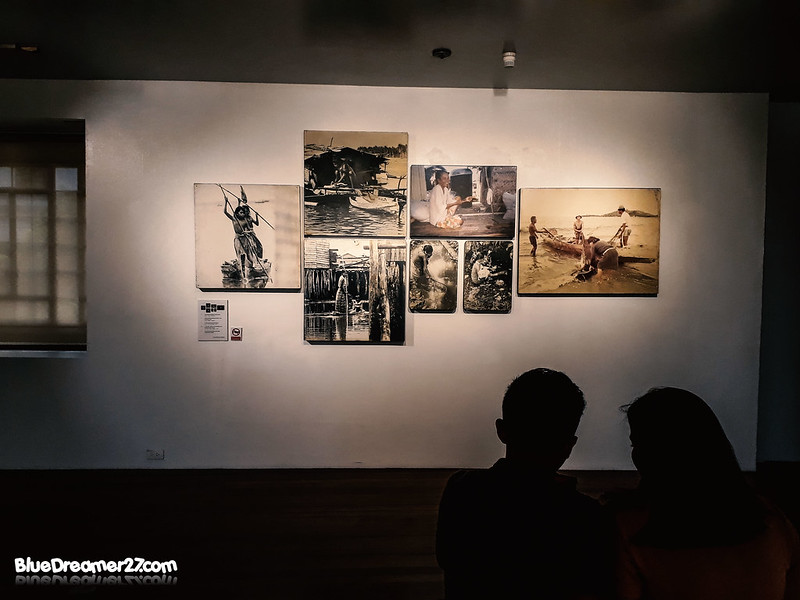
A collection of portraits showcasing indigenous women and one of their common means of livelihood ~ fishing
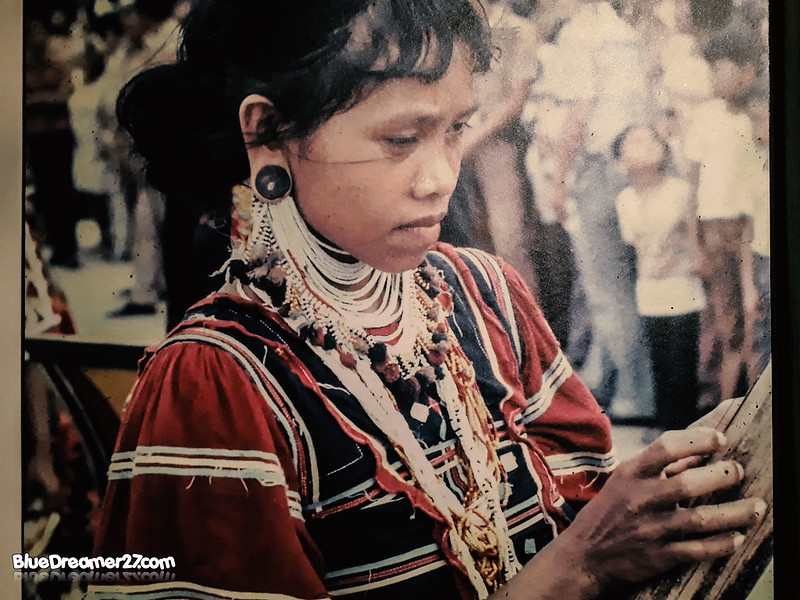
A Higaonon woman of Agusan playing a native instrument, a bamboo zither called Tangkew
ENTWINED SPHERES : BASKETS AND MATS AS CONTAINERS, CONVEYORS AND COSTUMES
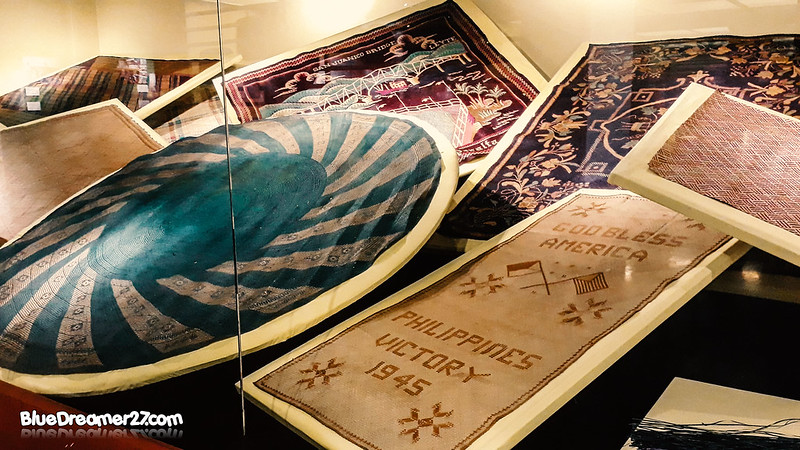
This particular gallery will feature one of the oldest and most diverse forms of craft work in the Philippines, the baskets and mat weaving. Located on the 4th floor of National Museum of Anthropology, the Entwined Spheres will showcase a huge collection of old mats from various indigenous groups in the country and baskets that are used by the natives in many different and surprising ways.
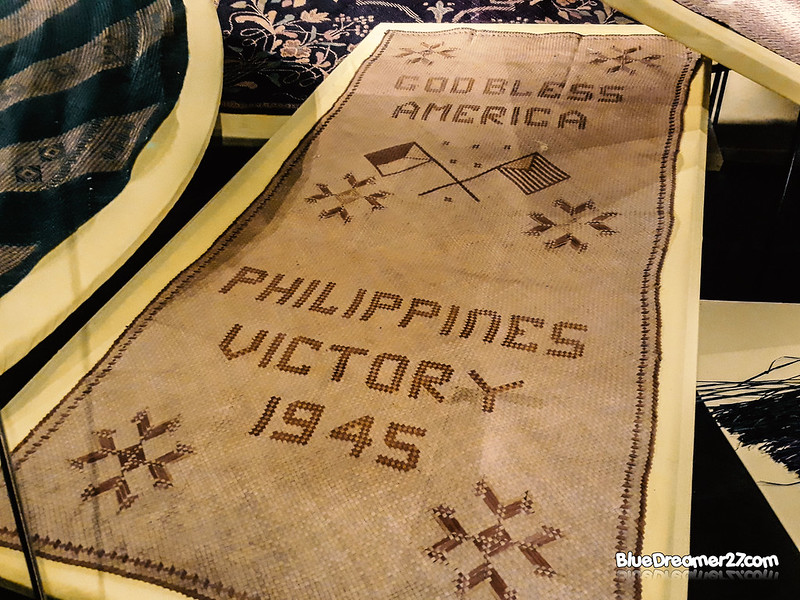
One of the old mats commemorating the deliberation of the Philippines by the Americans at the end of the world war 2.
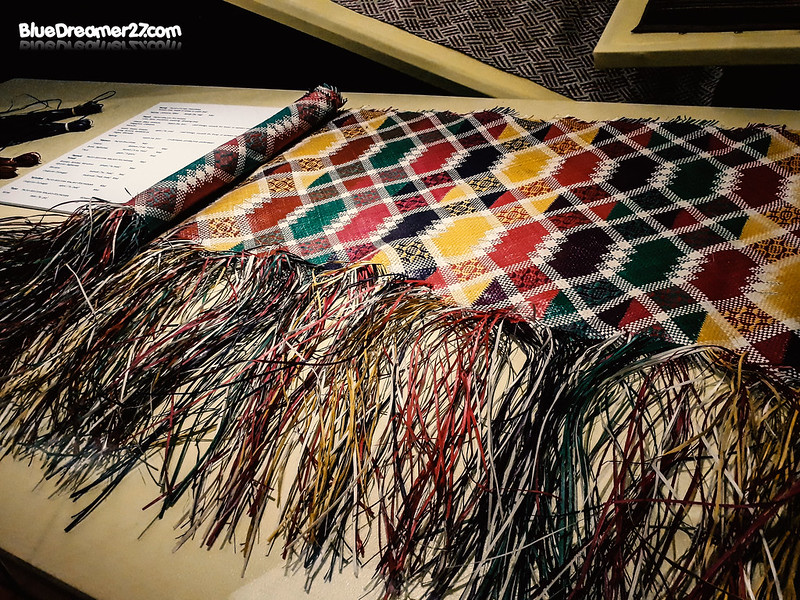
An unfinished woven mat made from buri leaves and dyes.

Dyed and dried palm leaves used for mats and baskets and other handicrafts.
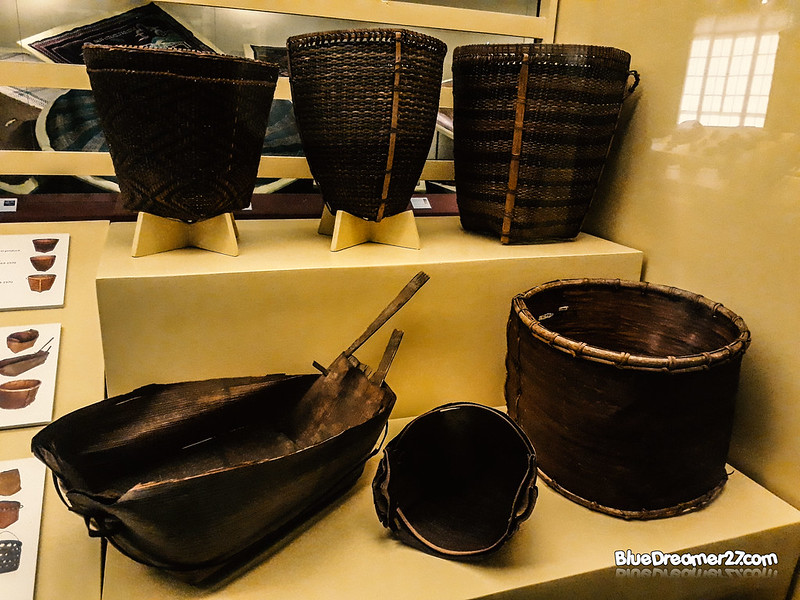 Various baskets made by different indigenous people from different places in our country (From left to right 1st row : Tilagsa (Palawan); Tabungaw (Occidental Mindoro); Alat Occidental Mindoro. (Second row : Kapal (Tau’t Batu of Palawan); Tambaka (Palawan); Kalungkung (Iraya of Occidental Mindoro)
Various baskets made by different indigenous people from different places in our country (From left to right 1st row : Tilagsa (Palawan); Tabungaw (Occidental Mindoro); Alat Occidental Mindoro. (Second row : Kapal (Tau’t Batu of Palawan); Tambaka (Palawan); Kalungkung (Iraya of Occidental Mindoro)

A cradle from Itawes tribe Cagayan
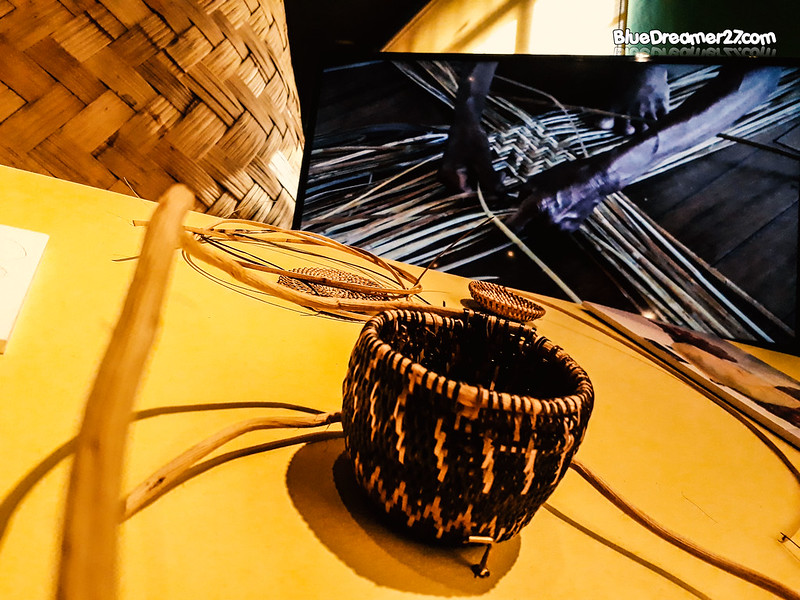
An unfinished mini basket. A small basket known as buon-buon
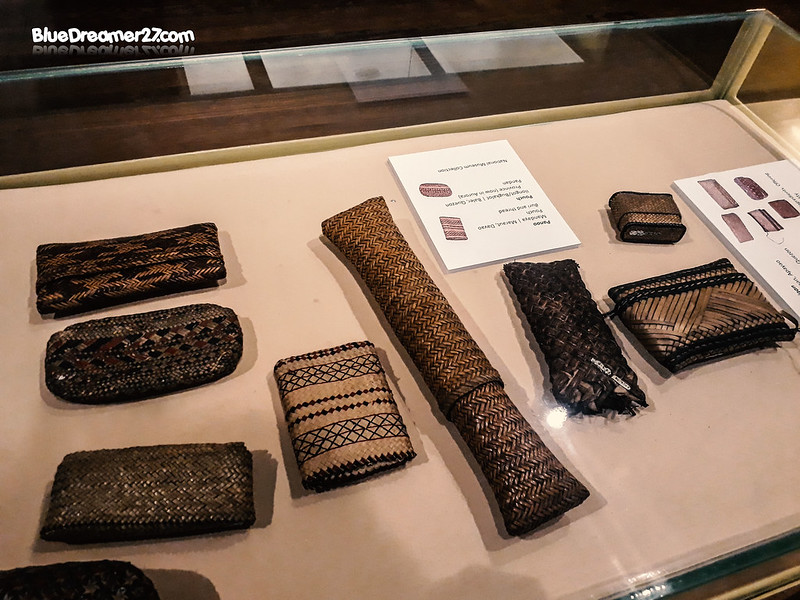
Pouches from Mandaya tribe of Davao and Ilongot of Aurora
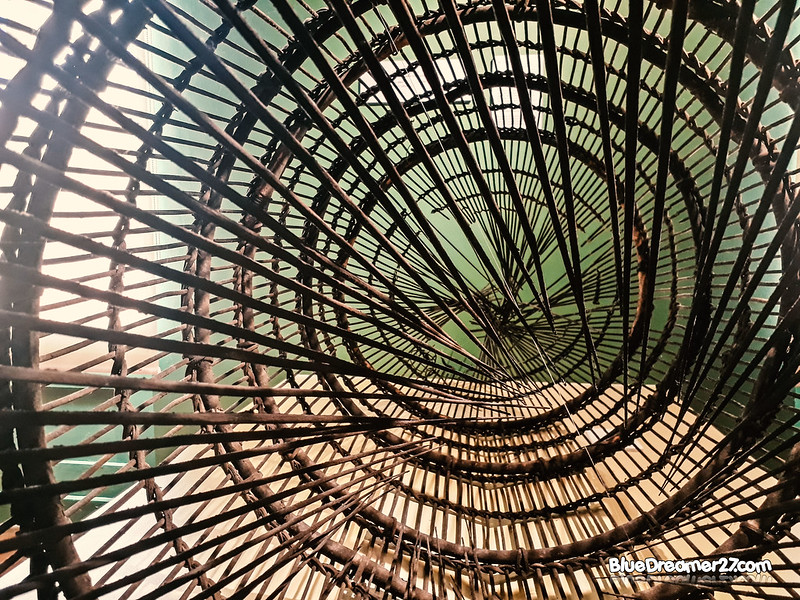
Fish Trap By Ibanag Tribe in Cagayan. It is known as Bubu an is considered as the largest basket in the National Ethnographic Collection

A woven Head costume
GARING : THE PHILIPPINES AT THE CROSSROADS OF IVORY TRADE
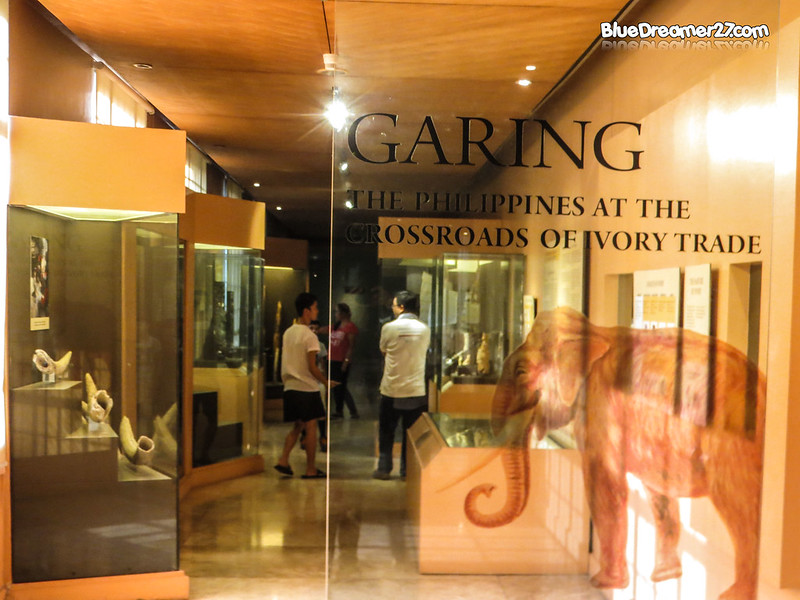
On the second floor of the National Museum of Anthropology comes a small hall with a gallery filled with precious collection. Garing or Ivory will showcase various items that are made from Ivory which happens to play a big role in Philippine trade history.
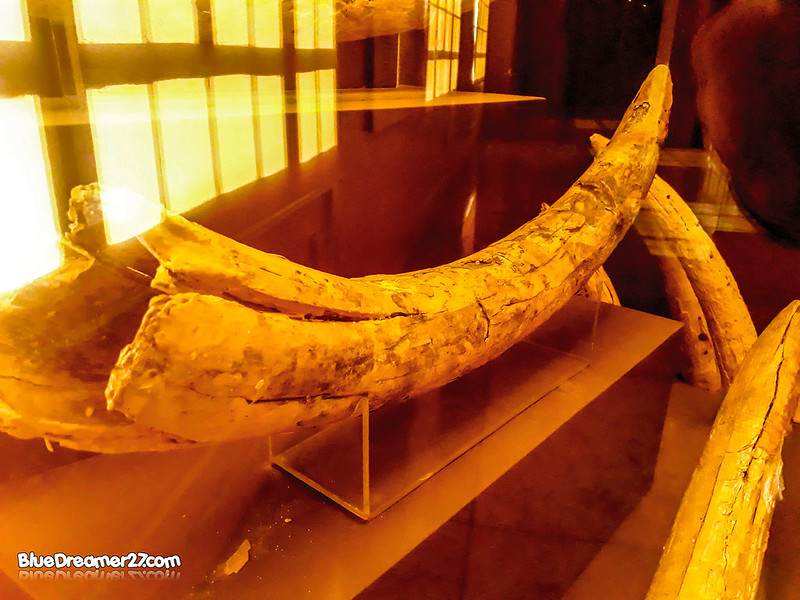
The country has become a significant transit point for illegally traded ivory but this ivory trade can actually be traced a long time ago even during the Spanish period. Ivory as we all know is taken from the tusk of elephants.
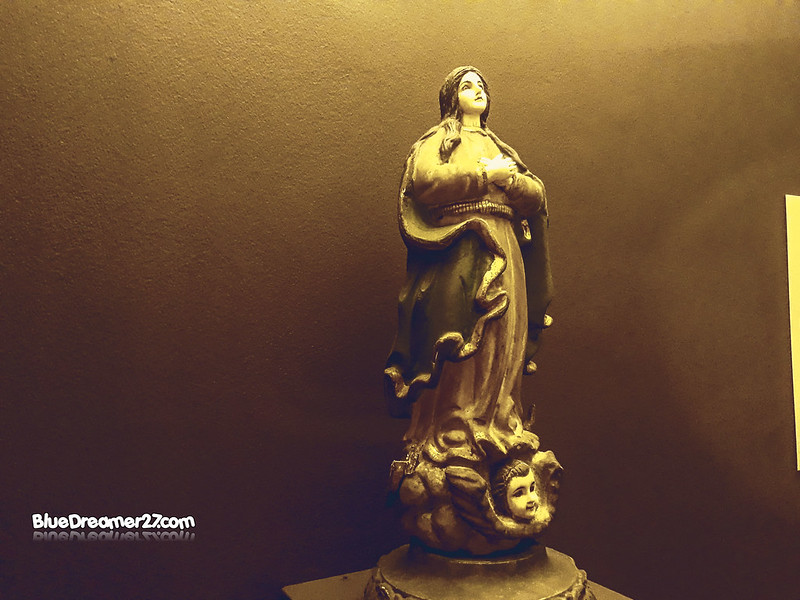
Since the country’s population were almost from Catholics, the use of Ivory for Saint figures are truly overwhelming.

This however is not really encouraged as it badly affects the population of Asian elephants.

Other religious figures and items that are entirely made from Ivory

Elephant Tusk
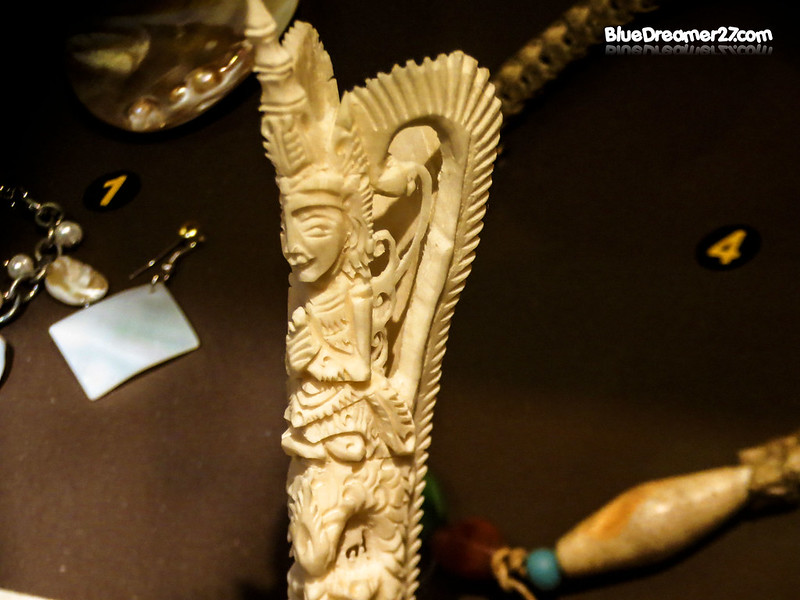
THINGS YOU SHOULD KNOW BEFORE VISITING THE NATIONAL MUSEUM OF ANTHROPOLOGY
►National Museum of Anthropology is formerly known as the National Museum of the Filipino People
►National Museum of Anthropology is open every Tuesdays to Sundays from 10Am to 5PM
►There is NO entrance fee to National Museum of Anthropology (Admission is FREE)
►You can take photos even using your dslr as long as no flash photography
►No foods and pets allowed
